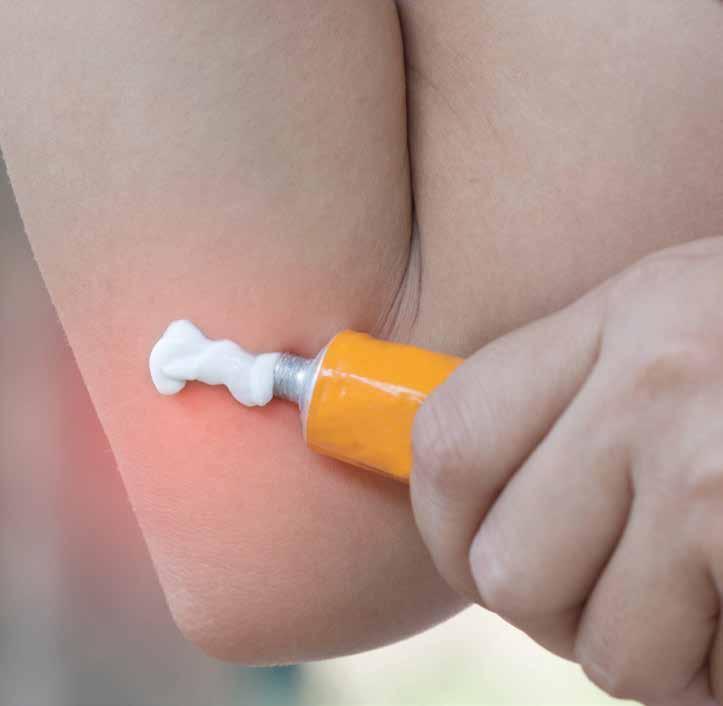
3 minute read
Hygiene
HYGIENE AND SANITATION
During the current uncertain times, as we fight Covid-19 many people are relying on community pharmacy more than ever before. Whilst many people are working from home, both GP surgeries and pharmacies continue to be busy and their staff are continuing to help those that are in need.
INFORM BOTH STAFF AND CUSTOMERS
One of the most important things to do is inform both your team and also any customers of the procedures you are putting in place to manage hygiene during this time. We would recommend that you use multiple sign holders and display stands throughout the store and also outside the store to inform people of how the pharmacy will be running and what they need to do during their visit.
Hopefully, with the correct signage, you won’t need to worry about having to continually remind people about rules that you’ve put in place in relation to hygiene.
ENFORCE RULES TO MINIMISE THE SPREAD OF GERMS
The biggest thing to try and focus on at this time is the spread of germs in the pharmacy. Often the people coming in will be high risk or even potentially poorly themselves so, you must put rules in place to protect everyone. Even simple things like avoiding using cash and encouraging contactless card payments can make a big difference.
The majority of contact in a pharmacy is when prescriptions are collected or advice is being given regarding medication so, you should focus on protection at these times.
ENSURE YOU’RE FOLLOWING SOCIAL DISTANCING RULES
There is no avoiding the social distancing rules that have been put in place by the government and it is imperative that you ensure everyone in the store is following them. We would advise you to use sign holders to remind customers of these rules and also restrict the number of people in the pharmacy at one time, especially if your store is quite small. stickers to visibly display the distancing required. Often, people are more likely to abide by the distancing if they have visible instructions to follow.
Pharmacy teams who are accustomed to working in close confines, for example in a small pharmacy, may need to reconsider how they work. If the store has a small dispensary, but a larger shop area, it may be appropriate to expand the dispensary into the store. This would allow more space between employees. Although this may not be an ideal working environment, it is important to consider if appropriate social distancing is to be maintained. This temporary measure also prevents the number of customers who could enter the store.
ABUSE FROM PATIENTS AND THE PUBLIC
Sadly, some pharmacies have reported abuse from patients. Whether this is a result of panic or anxiety, it is not acceptable. As such, pharmacies should place signs in their window indicating that patients will not be served if they behave inappropriately.
The following should be considered as abuse:
Using inappropriate language or swearing at staff;
Any physical violence towards any member of the team or other patients, such as pushing or shoving; Racial abuse;
Sexual harassment;
Persistent or unrealistic demands that cause stress to staff.
HYGIENE AND INFECTION CONTROL MEASURES
Remind staff of the rules relating to basic handwashing. This may seem like an assumed skill, but it is important to ensure everyone is following the guidance. To reinforce this message, it may be appropriate to have them observe your handwashing technique; although this may appear condescending, it helps emphasise how hands should be washed to prevent the spread of infection.
Consider implementing policies in the pharmacy relating to uniforms, such as whether staff need to wash their uniforms daily. You could also consider whether you can provide more uniforms for staff.
Although the provision of PPE is sporadic, consideration should be given to what the team are wearing. For example all staff should:
Wear short sleeves (or rolled-up sleeves);
Refrain from wearing ties;
Remove wristwatches or jewellery when in the pharmacy — this not only helps prevent the transmission of Covid-19, but will also help with handwashing that encourages inclusion of the wrist.










